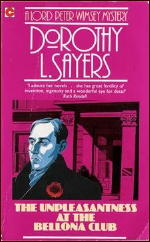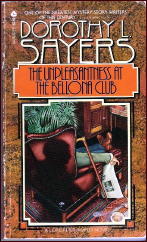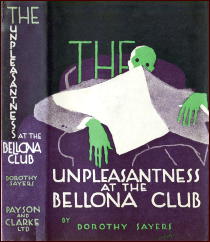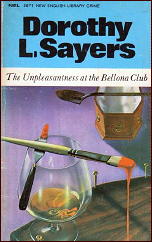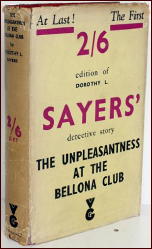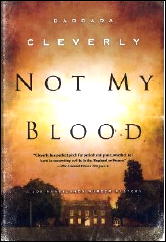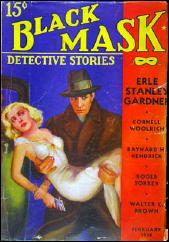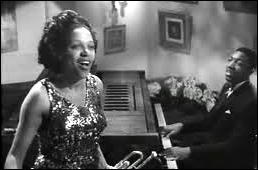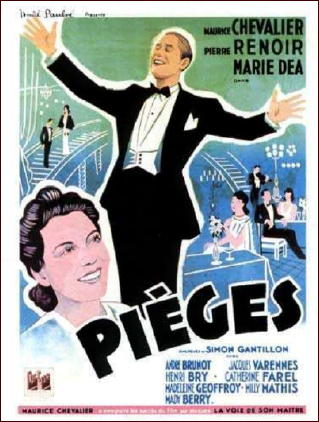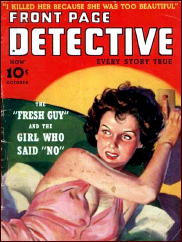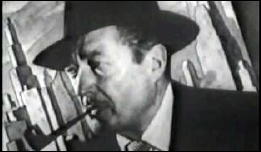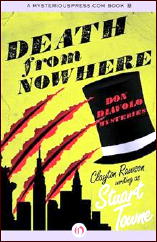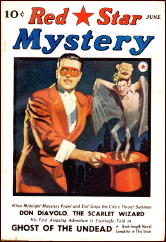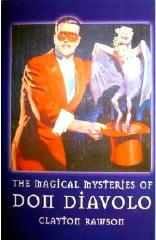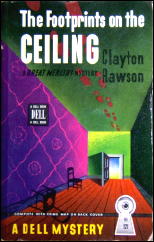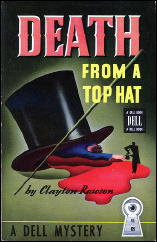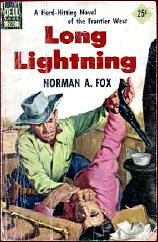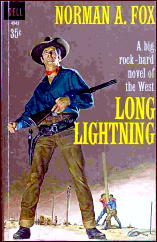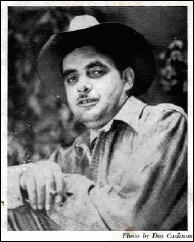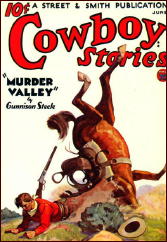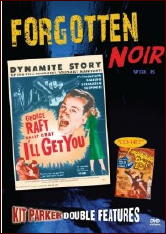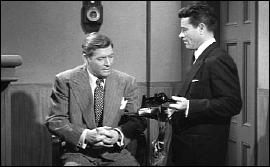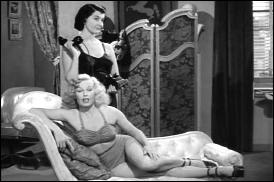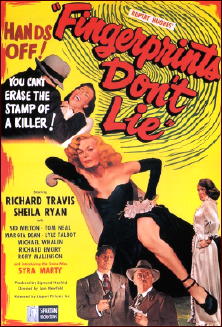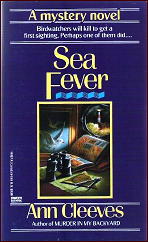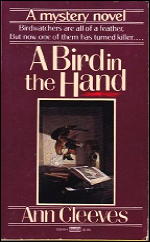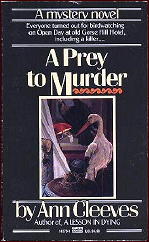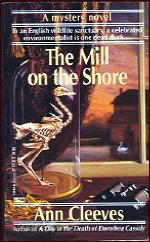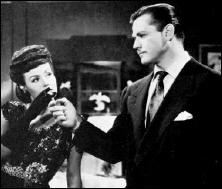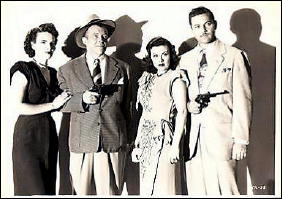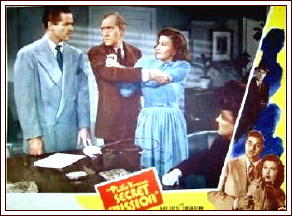Mon 10 Sep 2012
A TV Review by Michael Shonk: DOG AND CAT: Pilot (1977).
Posted by Steve under Reviews , TV mysteries[18] Comments
DOG AND CAT. ABC / Paramount / Largo Productions, 1977; 74 minutes. Cast: Lou Antonio, Kim Basinger, Matt Clark, Charles Cioffi, Richard Lynch, Dale Robinette and Janit Baldwin. Created by Walter Hill. Teleplay by Owen Morgan, Henry Rosenbaum and Heywood Gould. Story by Owen Morgan.Executive Producer: Lawrence Gordon. Producer: Robert Singer. Director: Bob Kelljan.
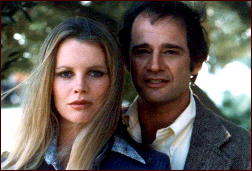
This TV Movie pilot would lead to the ABC series Dog and Cat that would run for six episodes on Saturdays at 10-11 pm from March 5, 1977 through May 14, 1977.
An underage ex-porn star (Janit Baldwin) who has found Jesus wants to help “the pigs†get the man behind her former career. Detective Sergeant Jack Ramsey (Lou Antonio) and his partner Earl (Richard Forbes) meet with her and set up a trap for the bad guy.
While waiting for the bad guy to show up and meet the girl, Ramsey is at a pay phone checking in when a creepy guy (Richard Lynch) enters the diner, exchanges glances with girl, walks up to Earl and shoots him. In the confusion the shooter escapes and the girl disappears.
Ramsey’s boss, Lieutenant Kipling (Matt Clark) arrives at the scene as Earl is being rushed to the hospital, unconscious but still alive. He finds a sad Ramsey sitting on the curb. He reacts as if Ramsey was a hotheaded cop about to go rogue and sends him home to cool down.
At first, I wondered if Antonio was playing the part wrong, focusing on inner emotions rather visually displaying his anger, but then the script has him going home to walk his dog. Ramsey stops at a phone booth to call the hospital to check on his beloved partner. When he learns his partner has died he is emotionally distressed without any visual sides of anger. He takes his dog home and lies down on his couch. Dirty Harry, he ain’t.
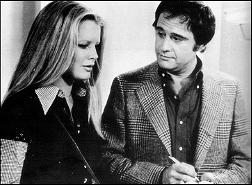
The next day the Lieutenant warns Ramsey against going out on his own hunting the killer. Kipling is convinced (for reasons not apparent to us) he should force Ramsey to take two weeks off, but instead gives him a new partner familiar with the skin trade and sends him out to hunt for the killer.
Ramsey is angry to discover his new partner is a young beautiful woman (Kim Basinger). He claims “Dog and Cat” partnerships (male cop/female cop) never work. After some lame sexist dialog, Ramsey gets into her car, a cute VW Bug with a Porsche engine.
While Antonio’s acting seems not to fit the character, Basinger does no better as Officer J. Z. Kane. Basinger looks overwhelmed in this film, her Southern accent keeps going in and out. She isn’t even convincing with the sexy part of her character. This is Kim Basinger here, sexy should be a given.
Of course, the two are like cats and dogs, complete opposite from body parts to taste in music. They constantly argue except when danger threatens then they work as a team, each having the others back.
While looking for the girl, they question the man who had helped the girl get into a Mission and find Jesus. After our favorite Dog and Cat leave, the man is worried Officer Kane will remember him hanging around a porno theatre (she had spent time undercover as the cashier). So he sends his lackey out to “take care of her.â€

Meanwhile, the cop killer named Shirley is also looking for the girl and kills again to cover his trail. Richard Lynch does what he can with his role as plot device, but the writers don’t bother to develop the character.
This script focuses less on making sense and more on its quota of car chases, gunfights, gratuitous women in bikinis, and predictable arguments between the two cops until it’s off to chase the bad guy.
After Ramsey and Kane catch the bad guy behind it all, they then focused on catching the cop killer. And of course, our two cops take the killer on alone without backups because this kind of TV show can never have too many pointless chases and gunfights.
For a TV movie pilot, nothing worked. The story was unbelievable and unnecessarily complex. The writing and acting did not play well together, with the characters behavior inconsistent with the script. There was no chemistry between Antonio and Basinger.
The movie ends with the two discussing their future, as if we cared. He suggests dinner but end the partnership. She agrees, but warns him she will never get involved with a man with a badge. He cancels dinner and both agree to stay partners as cops with no romantic involvement. Reportedly, Ramsey and Kane kept their relationship platonic during the series.
The 1976-77 season ended with ABC the top rated network. Four ABC series finished in the top five and seven in the top ten. ABC’s Dog and Cat finished 50th out of 102 series.
Networks were trying the idea of a third season that started in March. New series would be tested. Some such as Three’s Company, Man from Atlantis, and Eight Is Enough were a success, while most such as Kingston: Confidential (with Raymond Burr), Future Cop (human cop/android cop) and Dog and Cat failed and quickly vanished to be forgot
